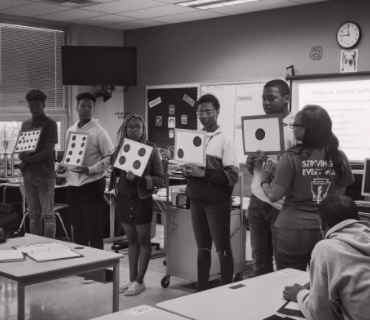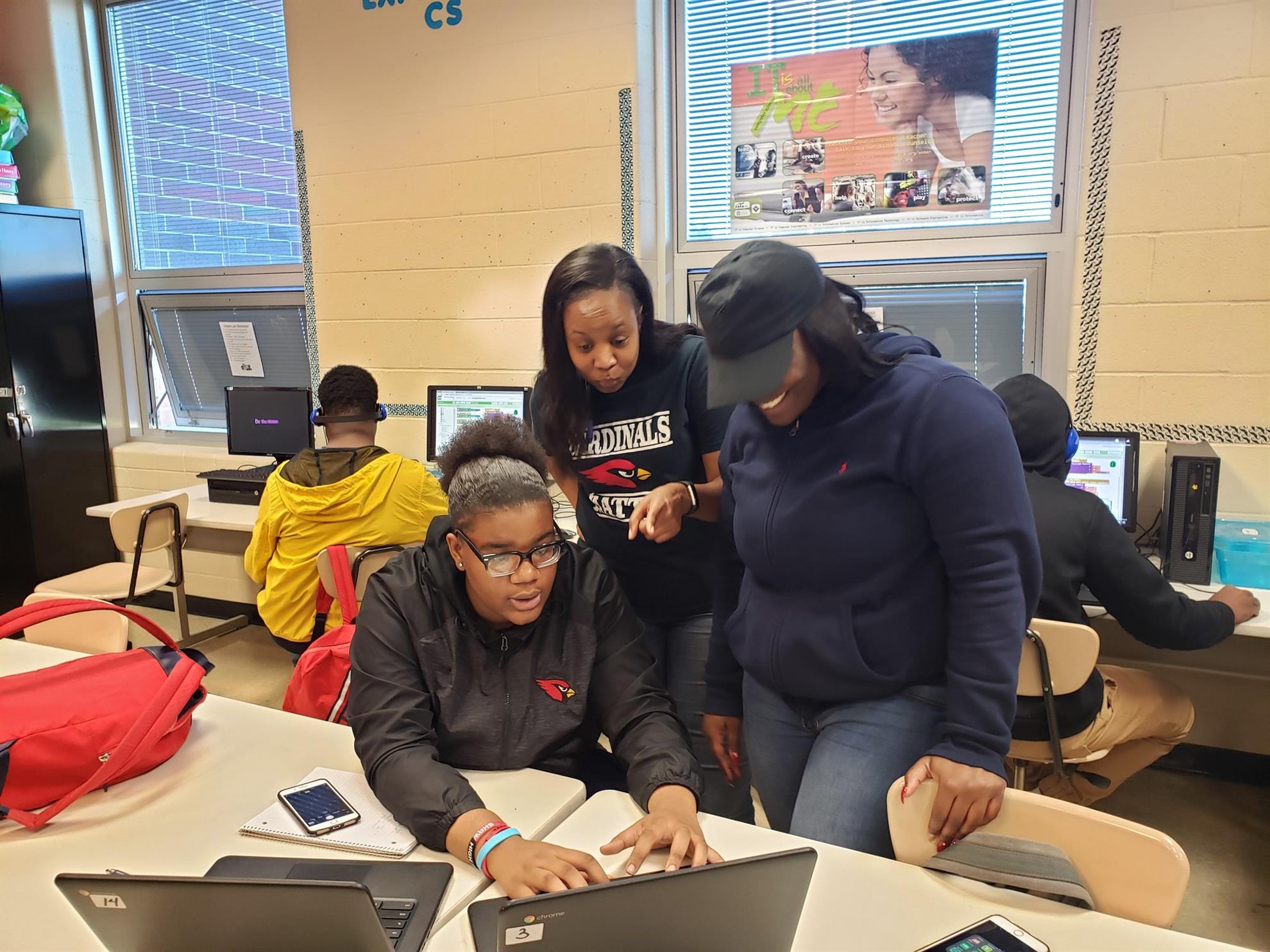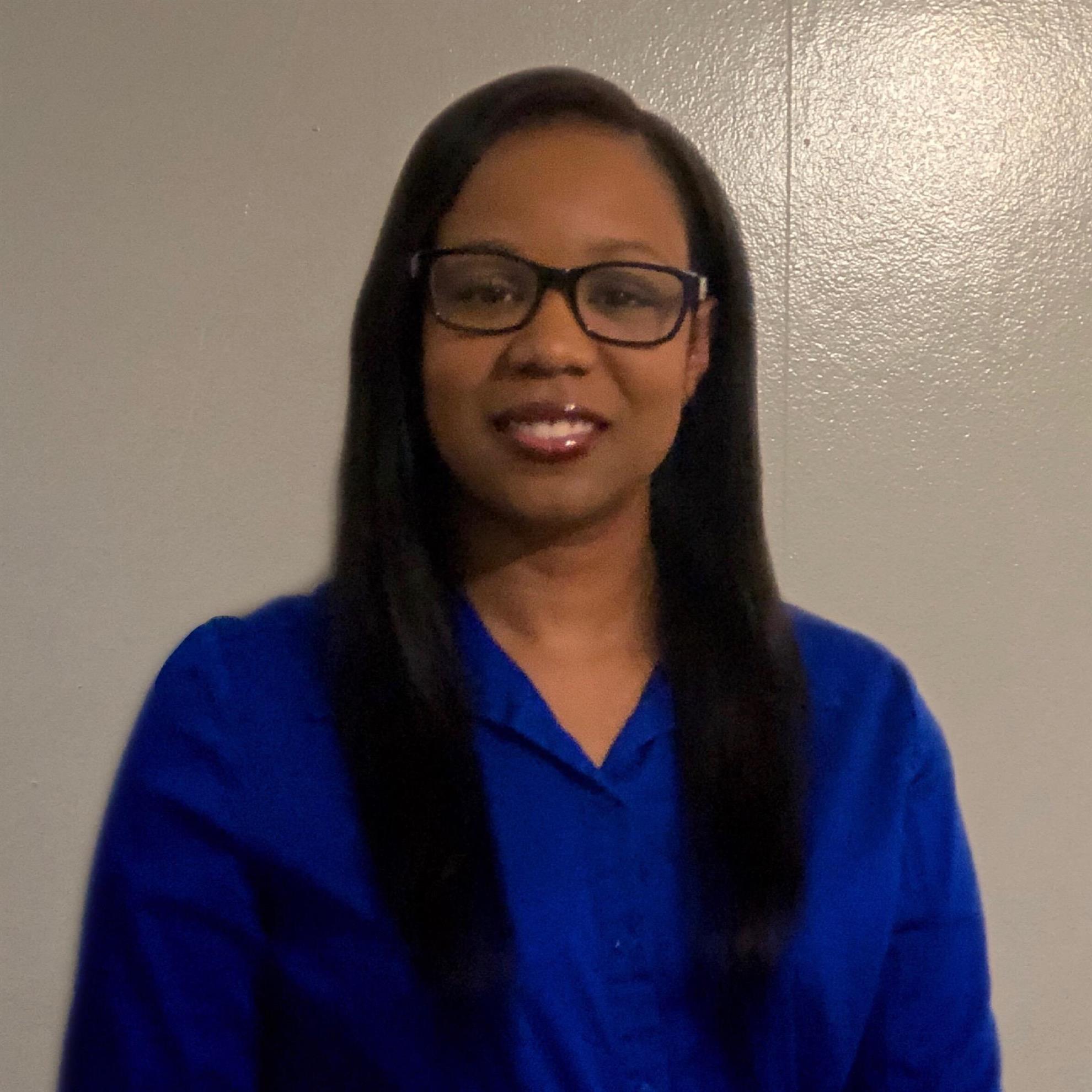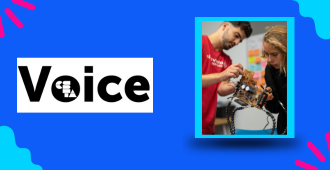
The pandemic has exposed the digital divide, not only in America but worldwide. With this, CS inequity has come up to the surface.
Full Story
Writing this article in the wake of COVID-19 is very unique. The pandemic has exposed the digital divide, not only in America but worldwide. With this, CS inequity has come up to the surface. This is where being a warm demander can be very helpful in dealing with students and CS equity.
Warm demander is a teaching style that was coined in the 1970s. It is a strategy that sets a foundation in building relationships with students while using positive discipline, embracing failure, and setting high expectations. I have found that this approach works very well with the students that I educate. Being a warm demander requires one to continuously evaluate the strategies being used with the students and adjust according to each student, classroom, and situation. One must be open to self-reflection, making mistakes, and improving oneself all of the time. With this being stated, being a warm demander in the current state of online learning has come with new challenges.
Since March 17, 2020, educators have been working with students across the country in virtual environments. As a computer science teacher in an urban district, the ability to interact with students on a daily basis has significantly decreased as many students do not have access to devices and/or the internet. With this in mind, the warm demander must be creative in educating students, using the four strategies.

The warm demander strategies look very different but will have the same concepts and purpose. The most important of these is “Building Relationships.” When in the classroom, daily interaction is the basis of a warm demander. Getting to know students through anecdotes, class activities, and just daily interactions are what helps in building relationships. This typically does not take a toll on a warm demander because it can be done seamlessly; however, now that physical interaction is no longer the main operation, it can be a strain. I have to be creative. I use virtual office hours, phone calls, Zoom meetings with students, texts with words of encouragement, and weekly check-ins on Google Forms where students can express feelings and make appointments.
There are many tech platforms that can assist with communicating with students; warm demanders are the ones that are required to reach out to the students. Communication platforms like Remind101, Google Voice, and Zoom, help with interacting with students. Since many students do not have internet/devices, it is a struggle to expect 100% interaction/participation.
 A warm demander has to reach out to students on a more individual level than as a group. Those that do want to interact with teachers will do so, while others need encouragement with direct phone calls and text messages. I even have to call parents in order to get in contact with students. Once contact is made with students, the conversation is more than just academics. Students express their feelings about home life, jobs, the need to socialize, and the lack of internet and communication with being in school. It is apparent that many students miss school, if only just the social aspect of it.
A warm demander has to reach out to students on a more individual level than as a group. Those that do want to interact with teachers will do so, while others need encouragement with direct phone calls and text messages. I even have to call parents in order to get in contact with students. Once contact is made with students, the conversation is more than just academics. Students express their feelings about home life, jobs, the need to socialize, and the lack of internet and communication with being in school. It is apparent that many students miss school, if only just the social aspect of it. The best way that I have found to keep in contact with students is to create a weekly check-in form that students complete. There are two to three questions about thoughts, feelings, current events, or even fun topics like binge-watching recommendations. Examples include:
-
“How do you feel about school being out for the rest of the year?”
-
“What is one thing you did over Spring Break?”
-
“What Netflix show/movie do you recommend? I need suggestions.”
-
“Is there anything you would like for Ms. Coaston to know?”
-
“What can I do to assist you with home learning?”
Students are given an opportunity to make an appointment with me and have individual time. This helps because that human connection is there and the relationships are being built. Students are able to express their thoughts without that level of judgment and I, as the teacher, am able to understand students’ situations. This has been beneficial to students because they are able to get their questions answered individually, seek/receive clarification on class activities, and get advice on how to approach issues and situations with other teachers in regards to their academic progress.
COVID-19 has exposed an inconvenient truth on how the underprivileged live day-to-day, and how this modern life will be complicated by the digital divide. Warm demanders have a greater struggle to increase CS equity because of the lack of direct communication, and this causes one to become increasingly exhausted because of it. Educators are tired at day’s end because they are speaking with one student for an hour helping with assignments and assisting students in problem-solving. This takes a toll when it is done three to four times in a day – along with professional development, virtual meetings, and other requirements of the school district.
That being stated, the warm demander needs to also take time for self-care. Without this, they will not be able to continue to be that change for the students they serve. As a warm demander, there are times where I forget to take care of myself. Self-care strategies can be very simple:
- Taking an hour out of the day – turn off all communication devices and enjoy the quiet or watch a tv show/movie
- Go for a walk
- Find a quick recipe to cook
- Talk to a family member or friend
- Just take a nap
Whatever strategies that work to calm yourself, and allow yourself to reboot, are perfectly fine. Just note, that being a warm demander means that you also have to surround yourself with people that will help you be the best you are so that you can be the best for others.
About the Author
 Shanti Coaston is in her eighth year of teaching. Her special education experiences have assisted in the transition of teaching CS to all students (APCSP, Intro to Game Design, Intro to Cybersecurity, Exploring CS, and Student TechCorps) full-time. Shanti has received CS training through CSforCLE and TEALS. Her activities and recognition include: 2018-19 Shaw High School and East Cleveland City Schools Teacher of the Year, 2019 APCSP Teacher Summit participant, Girls Who Code Facilitator, ESports Advisor, CSTA Ohio Member, 2018 CSforALL Conference attendee, Technology Integration PD provider, and the 2017 Ohio CS Curriculum Standards Writing Team, as well as a Co-Lead Mentor for new educators to the school district. She ensures that her students are exposed to college tours, career fairs, and CS competitions. Shanti believes that EVERY student, especially girls and students with disabilities, deserve to learn Computer Science.
Shanti Coaston is in her eighth year of teaching. Her special education experiences have assisted in the transition of teaching CS to all students (APCSP, Intro to Game Design, Intro to Cybersecurity, Exploring CS, and Student TechCorps) full-time. Shanti has received CS training through CSforCLE and TEALS. Her activities and recognition include: 2018-19 Shaw High School and East Cleveland City Schools Teacher of the Year, 2019 APCSP Teacher Summit participant, Girls Who Code Facilitator, ESports Advisor, CSTA Ohio Member, 2018 CSforALL Conference attendee, Technology Integration PD provider, and the 2017 Ohio CS Curriculum Standards Writing Team, as well as a Co-Lead Mentor for new educators to the school district. She ensures that her students are exposed to college tours, career fairs, and CS competitions. Shanti believes that EVERY student, especially girls and students with disabilities, deserve to learn Computer Science.



